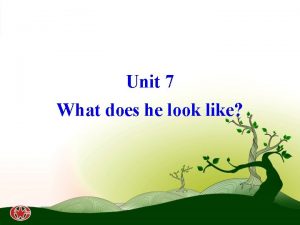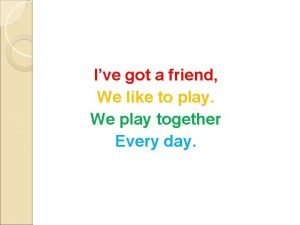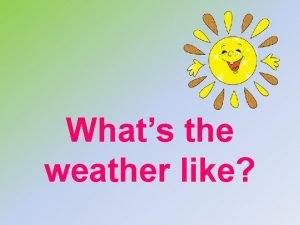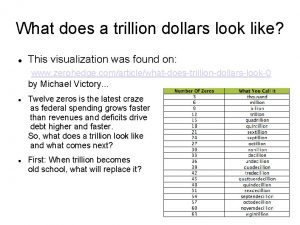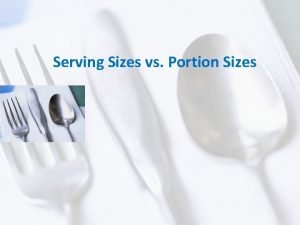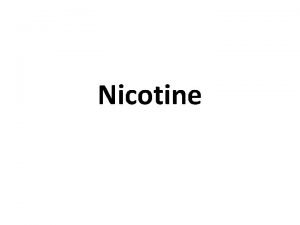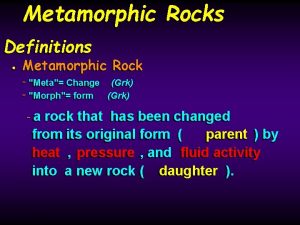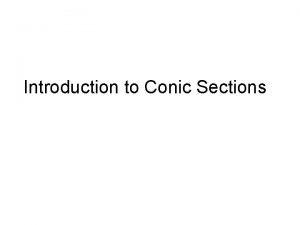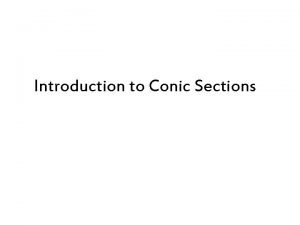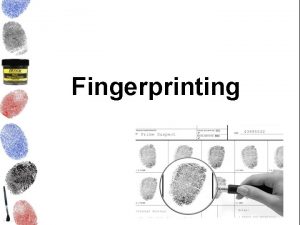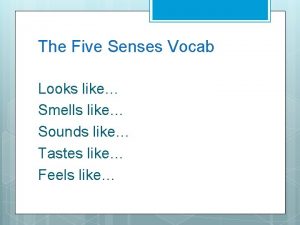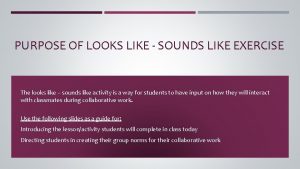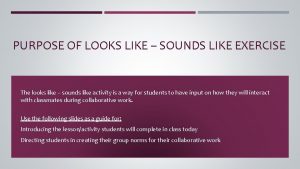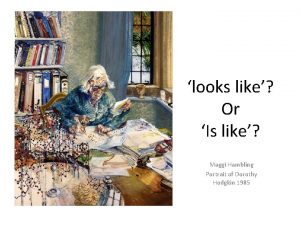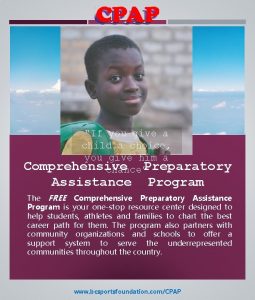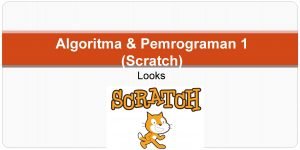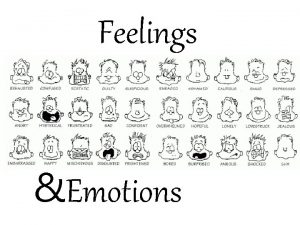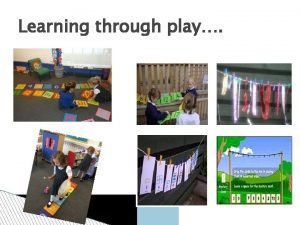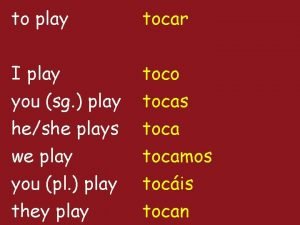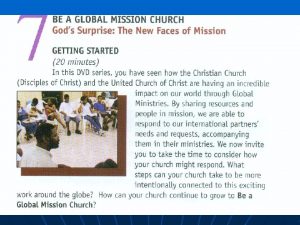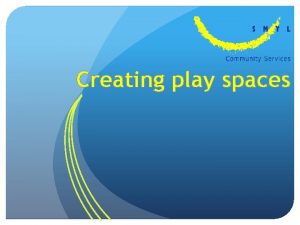Learning through Play What It Looks Like When















- Slides: 15

Learning through Play: What It Looks Like When Done Well Nevada Early Childhood Math Series March 2019

Objectives • Explain why play is an important part of young children’s development • Understand describe excellent play-based learning • Plan for and identify opportunities for play-based learning • Collaborate and share best practices of play-based learning with their colleagues in the cohort /2

Agenda Opening Why Play? Excellent Play-Based Learning Application: Plan and Practice Resource Sharing: Building Our Toolkits Closing /3

Revisiting the Do Now Let’s share out: • Why is play important for our earliest learners? • Write specifically about a time you saw play done effectively where a child learned something. What was happening? What was the teacher doing? What was the student doing? • What do you find challenging about making play effective? /4

Let’s dig in to play… As you read, take notes on: • the teacher's role in play, • how play connects to and supports the standards, • the integration of play, learning, and development Extend your thinking: “Play gives children a chance to practice what they are learning. ” WHY is play valuable for MATH development? Fred Rogers /5

Agenda Opening Why Play? Excellent Play-Based Learning Application: Plan and Practice Resource Sharing: Building Our Toolkits Closing /6

What defines excellent play-based learning? Alignment to standards and development Studentcentered/ directed Vocabulary and language development Intentional material selection and introduction Extension/important to keep in mind: Connecting across content areas /7

How might I approach planning this? Activity: Art center Alignment to standards and development Studentcentered/ directed Vocabulary and language development Intentional material selection and introduction Extension/important to keep in mind: Connecting across content areas /8

Agenda Opening Why Play? Excellent Play-Based Learning Application: Plan and Practice Resource Sharing: Building Our Toolkits Closing /9

Plan Your Own: Refining and Checking for What Makes Play-Based Learning Effective Alignment to standards and development Studentcentered/ directed Vocabulary and language development Intentional material selection and introduction 1 Using the play-based activity you brought with you, identify the connections to content: Where/how does this support standards and development? Look closely for MATH connections and opportunity. 2 Identify the key materials needed for this activity. 3 Identify related key tier 2 vocabulary you want to use during conversations with children. / 10

Reflecting on Practice Discuss the following questions with your group: • How could this quick planning and practice activity support you in intentionally setting up play in your classrooms? • How might you need to adjust or adapt play-based activities for learners at different developmental levels? / 11

Agenda Opening Why Play? Excellent Play-Based Learning Application: Plan and Practice Resource Sharing: Building Our Toolkits Closing / 12

Gallery Walk of Play-Based Activities • You just created a play-based activity that is high quality that others in the room may want to use! When we begin this activity, put your poster up on the walls around the room. • For the next nine minutes, circulate and read through the activities that are planned to get some ideas from everyone here! You should walk away with at least 3 -4 new play-based activities for your classroom. • Take a pen or marker with you so you can make notes of ideas you want to use or leave comments on post-its for your colleagues. • Note: We will take photos of all the posters and share out with you so do not feel like you need to rush to see all of them! 13 / 13

Agenda Opening Why Play? Excellent Play-Based Learning Application: Plan and Practice Resource Sharing: Building Our Toolkits Closing / 14

Exit Ticket What are your next steps for ensuring that you are constantly and intentionally using play in the classroom? When and where will you prioritize language development and materials use in play? How will you hold yourself accountable for using these strategies? What questions do you still have about what you learned today? What feedback to you have about the session for the facilitator? Next Steps for Teachers • Draft materials introduction for a new play-based activity each day. Remember, you only need to introduce 1 -2 materials a day. • Begin introducing a material each day by PROVIDE DATE. / 15
 What does he look like?
What does he look like? What does he look like
What does he look like I've got a friend we like to play we play together
I've got a friend we like to play we play together Whats the weather like
Whats the weather like Trillion dollars looks like
Trillion dollars looks like 1 oz of cheese
1 oz of cheese Which organelle looks like a stack of puffy pancakes
Which organelle looks like a stack of puffy pancakes What nicotine looks like
What nicotine looks like Metamorphic
Metamorphic Foliated texture that looks like blackboard
Foliated texture that looks like blackboard Language that looks like english
Language that looks like english Country that looks like a turkey
Country that looks like a turkey Introduction to conic sections
Introduction to conic sections Conic sections
Conic sections How are fingerprints formed
How are fingerprints formed Language
Language
